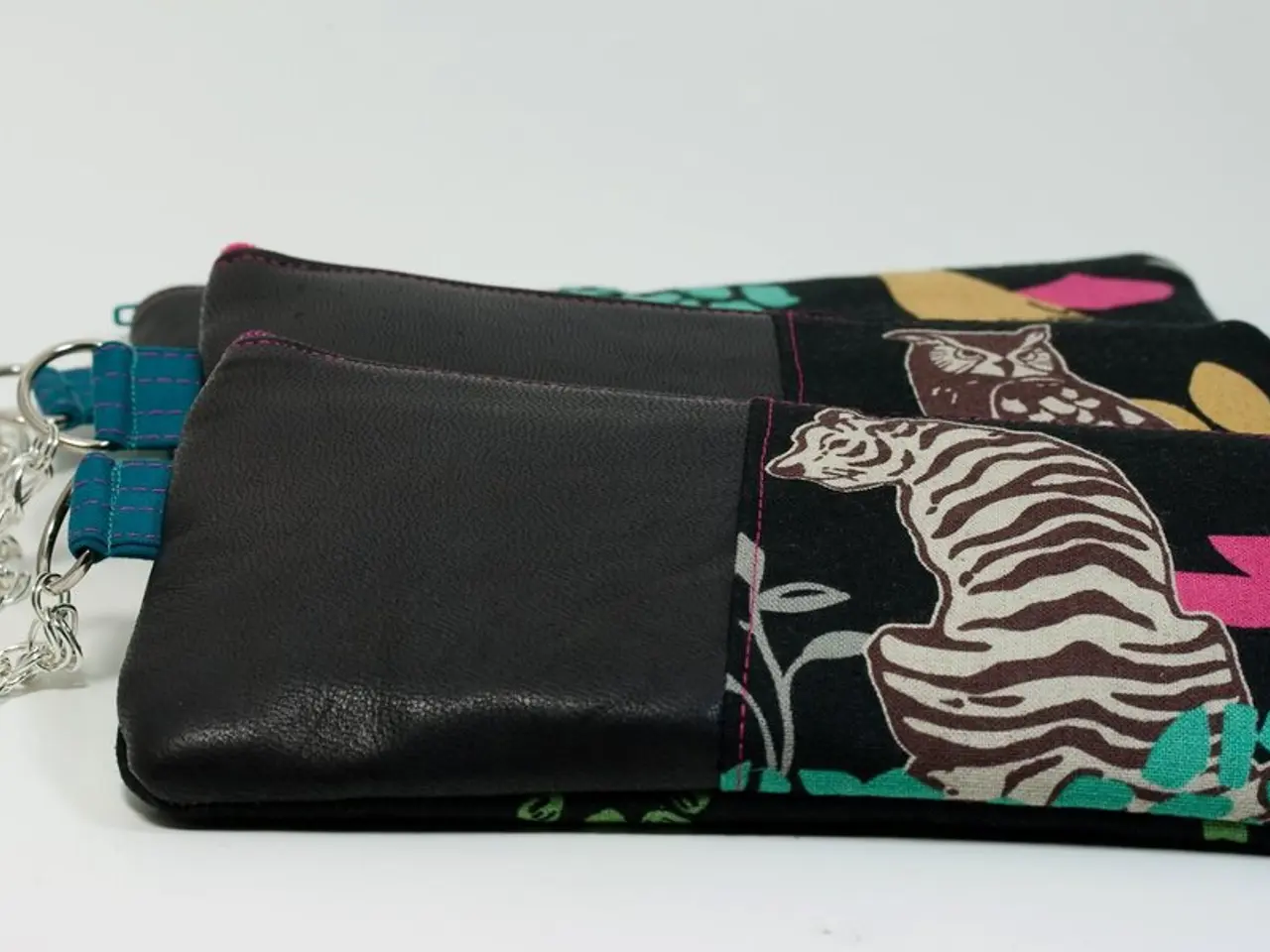Trust Spendthrift: Understanding Its Purpose and Function
A spendthrift trust is a legal instrument designed to safeguard a beneficiary's inheritance from creditors and potential misuse. This type of trust has three key components: a grantor, a beneficiary, and a trustee.
The grantor, who creates the trust and transfers assets into it, can appoint a trustee to manage the trust's assets according to the terms of the trust. The beneficiary, the person who receives benefits from the trust, can benefit from the trust's assets while being protected from their own creditor claims.
A spendthrift trust must include a specific spendthrift provision, naming the trust as the owner of assets, restricting beneficiary access to trust assets, and often limiting distributions based on the grantor's instructions. This wording is essential to establish spendthrift protections.
However, it's important to note that the specific rules for setting up a spendthrift trust—such as required trust provisions, creditor exceptions, trustee qualifications, and protections—are governed by individual state laws and vary considerably. To establish a compliant spendthrift trust with the desired protections, consulting an estate planning attorney familiar with the laws of the relevant state is essential.
One common exception to spendthrift protections includes claims for child support and alimony, as well as federal tax liens and creditors with an enforceable court judgment against the beneficiary. However, states differ on which creditors can reach trust assets and under what circumstances.
Spendthrift trusts can be especially useful if a beneficiary is not mature, impulsive with money, in heavy debt, easily fooled or defrauded, suffering an active addiction, a child with functional needs and eligible for SSI or Medicaid, involved in or at risk of getting a divorce, or employed in an industry where lawsuits are common.
In a spendthrift trust, payments to the beneficiary can be made in various ways. They can be a percentage of the trust principle or a percentage of trust income, and the payment schedule can be flexible or strictly scheduled. The frequency and amount of payments can be determined based on the trust's terms and the beneficiary's needs.
It's crucial to remember that once a spendthrift trust is irrevocable, the grantor likely won't be able to modify it even if circumstances change. This means that careful consideration should be given to the trust's terms and the chosen trustee before the trust is established.
Spendthrift trusts are not subject to probate if established while the grantor is alive, providing privacy. Additionally, trust assets are often excluded from the overall estate for tax purposes.
In summary, a spendthrift trust can be a valuable tool for protecting a beneficiary's inheritance from creditors and potential misuse. However, it's essential to understand the specific rules governing spendthrift trusts in your state and to consult with an estate planning attorney to ensure that the trust is set up correctly and complies with all relevant laws.
- When considering personal finance and planning for the future, a spendthrift trust can serve as a reliable option for safeguarding a beneficiary's inheritance from creditors and potential misuse.
- The process of establishing a spendthrift trust typically involves three key components: a grantor, a beneficiary, and a trustee.
- For those concerned about personal credit, utilizing a spendthrift trust can help shield a beneficiary from their own creditor claims.
- When it comes to insurance, understanding spendthrift trusts is crucial, as they can provide a layer of protection for an individual's wealth.
- To make informed financial decisions and ultimately ensure the effectiveness of a spendthrift trust, utilizing a personal-finance app with a built-in calculator is recommended.
- With widespread concern about personal spending and budgeting, spendthrift trusts can help beneficiaries manage their finances more responsibly by restricting their access to trust assets.
- For those seeking wealth growth and investment opportunities, understanding spendthrift trusts can offer valuable insights into protecting and growing one's assets.
- As part of comprehensive estate planning, comparing different types of trusts, such as the revocable living trust and the charitable remainder trust, alongside a spendthrift trust can lead to a more secure financial future.
- Lastly, when it comes to taxes and protecting the financial well-being of a beneficiary, a spendthrift trust can offer advantages such as privacy and the ability to exclude trust assets from the overall estate value for tax purposes.




